Key Takeaways
- You don’t need extreme hacks to stay metabolically healthy while traveling—small, consistent habits make the biggest difference.
- Prioritizing movement, hydration, balanced meals, and stress management can help keep your glucose in check and your energy steady.
- With a little planning (and a few tools), it’s possible to enjoy your vacation and support your metabolic goals at the same time.
{{mid-cta}}
Vacation is meant to be relaxing, but if you're focused on blood sugar balance, you may find yourself anticipating the challenges of irregular meal times, indulgent desserts, and a disruptive routine that can throw you off. The good news is that you don't have to overhaul your vacation or miss out on the fun to stick with your blood sugar goals. Focusing on a few science-backed habits can help you maintain stable blood sugar levels while still enjoying a great time.
Biohacking your vacation doesn't have to be overwhelming to reach your health goals. Bio hacking also has a lot of extreme takes online, but with a few smart habits and paying attention to your blood sugar, you can stay on track on your trip.
Plan Ahead with Smart Food Choices
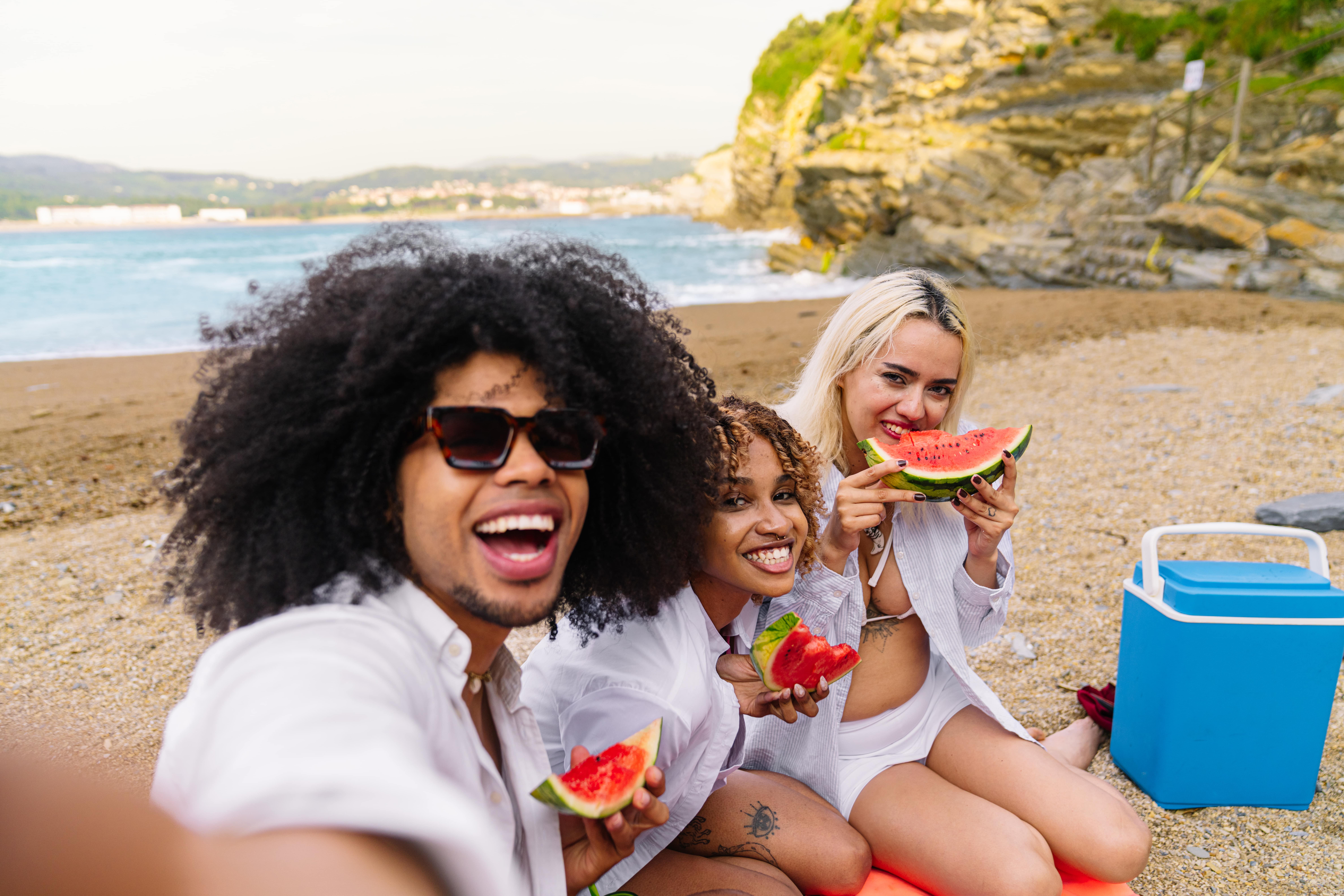
Travel days and spontaneous meals can make blood sugar management more challenging, but a little foresight goes a long way. Start prepping for your travel to your destination by packing low-glycemic snacks. Choose options that are portable and high in protein and fiber, two nutrients that help stabilize blood sugar. Choices like nut butter packets, trail mix, roasted chickpeas, or protein bars can keep your blood sugar stable when options are limited on long road trips or air travel.
Before you go, take a look at some Restaurants in the area or make a plan for common menu items you can order. Start with some non-negotiable habits, like ordering a salad to start or only ordering water when you go out. Simple swaps like these can go a long way without making you feel the FOMO of trying to eat healthier on vacation. When eating out, opt for balanced meals that include a mix of protein, fiber, and healthy fats, such as grilled chicken or fish with vegetables or a grain bowl, over fried, ultra-sugary fare.
Plus, if you use a continuous glucose monitor (CGM) or a food logging app, you can spot how new food choices impact your glucose and adjust from there.
Prioritize Movement and Activity
You don't have to hit the gym every day on vacation to stay consistent with physical activity. Commit to doing something active every day on vacation, even if it is small, like stretching in the morning, going for a walk after your meal, or taking the stairs. All of these small habits add up throughout the day, and you'll feel better too on vacation.
Plus, taking a trip it's a great time to try out a new activity. Explore your destination on foot, go for a swim, or look up a local hike to stay active while still soaking up the new environment during your travels. The recommended weekly movement is 150 minutes of cardio per week and 2 days of strength training exercises. Try something new on vacation to creatively reach these goals.1 You never know, you might just find a new activity you like.
Stay Hydrated and Balance Electrolytes
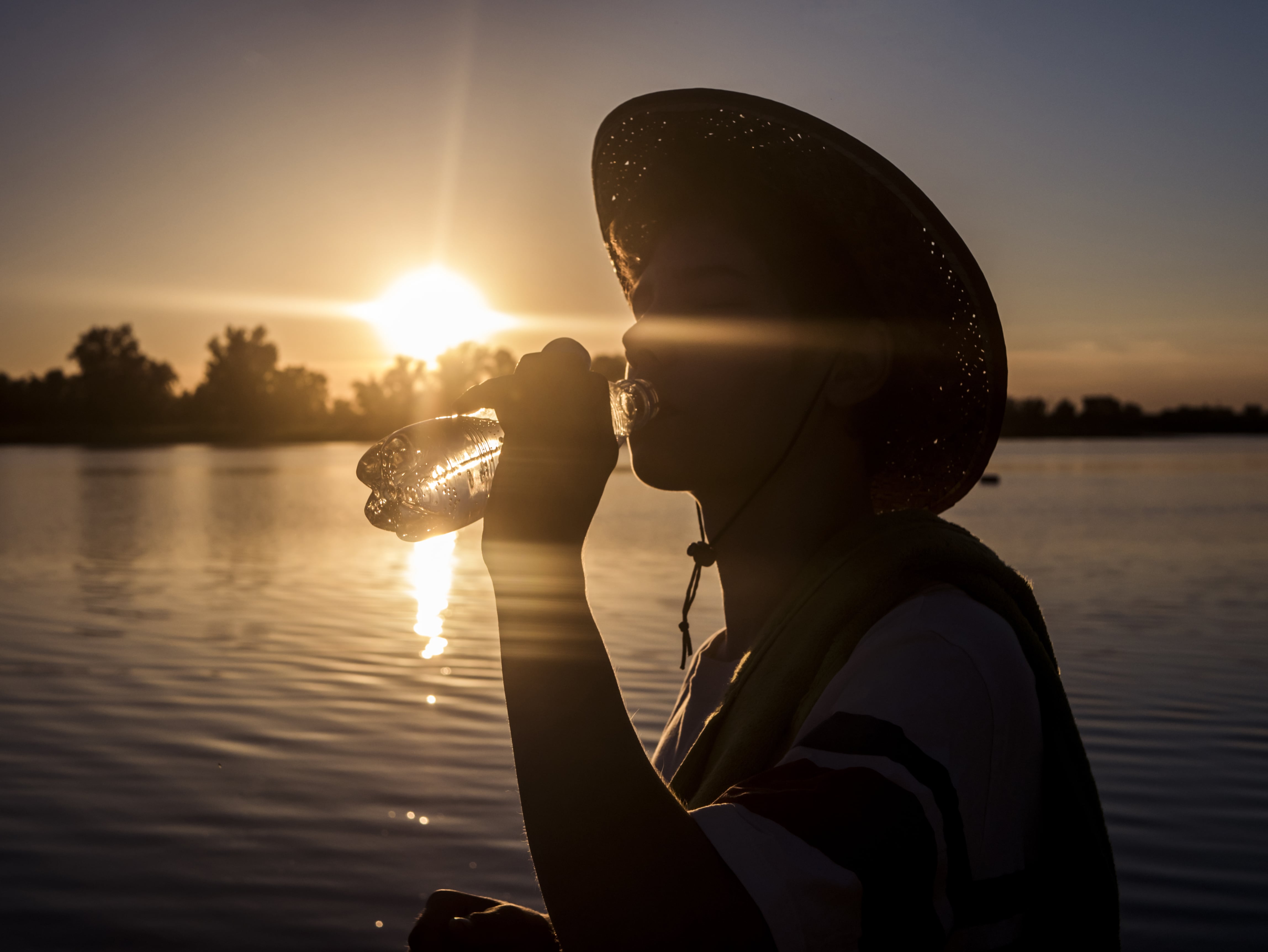
Traveling, especially to warm climates, can increase your need for fluids and electrolytes. Especially when traveling by plane, dehydration is common. Additionally, if you’re in the sun and sweating more on your trip, you’ll need to replenish your fluids and electrolytes.
The recommended water intake is at least 8 cups a day, or 64 ounces, for most people. You may need more than that to replenish what you lose if you've flown, had a sweaty day, or engaged in intense activity. Sip water consistently throughout the day, and consider adding electrolyte-rich options if you’re sweating more than usual.
Additionally, limit your dehydration of foods and beverages as well. Try to limit sugary drinks and alcohol, both of which can dehydrate you and impact glucose control on vacation.
Manage Sleep and Stress
While vacation is a great time to catch up on sleep, your travel schedule may also disrupt your sleep hygiene. Not getting enough sleep has a significant impact on glucose control.2 Prioritize quality sleep by sticking to a consistent bedtime while you're away, keeping the room dark and calm, and sticking to your wind-down routine that helps you get ready for bed at home.
If it helps you sleep while traveling, consider bringing a sleep mask and a portable white noise machine for a calmer sleep environment. Turn the thermostat down so that your room is cool before bed and primes your body to fall asleep.
Sleep can help you better manage your stress, but taking a vacation can also help lower your stress levels and return to your life feeling refreshed. Try breathwork, a short meditation, or simply quiet reflection while you're away. These small efforts to rest and reset can also help your blood sugar levels. Stress is often a sneaky way that our blood sugar stays elevated, which has nothing to do with what we're eating.
Use Technology to Your Advantage
One of the simplest ways to biohack your vacation is to use technology while you're away. A continuous glucose monitor can provide real-time feedback about your blood sugar levels and how your meals affect you, allowing you to take it all in and make changes without your usual routine at home.
Plus, logging your meals and activity in an app helps identify trends and stay on top of your habits, even when you’re off your usual schedule.3 You don’t have to log everything tediously, and even taking pictures of your food can offer a moment of reflection and mindfulness at your meals.
Smart Alcohol & Treat Strategies
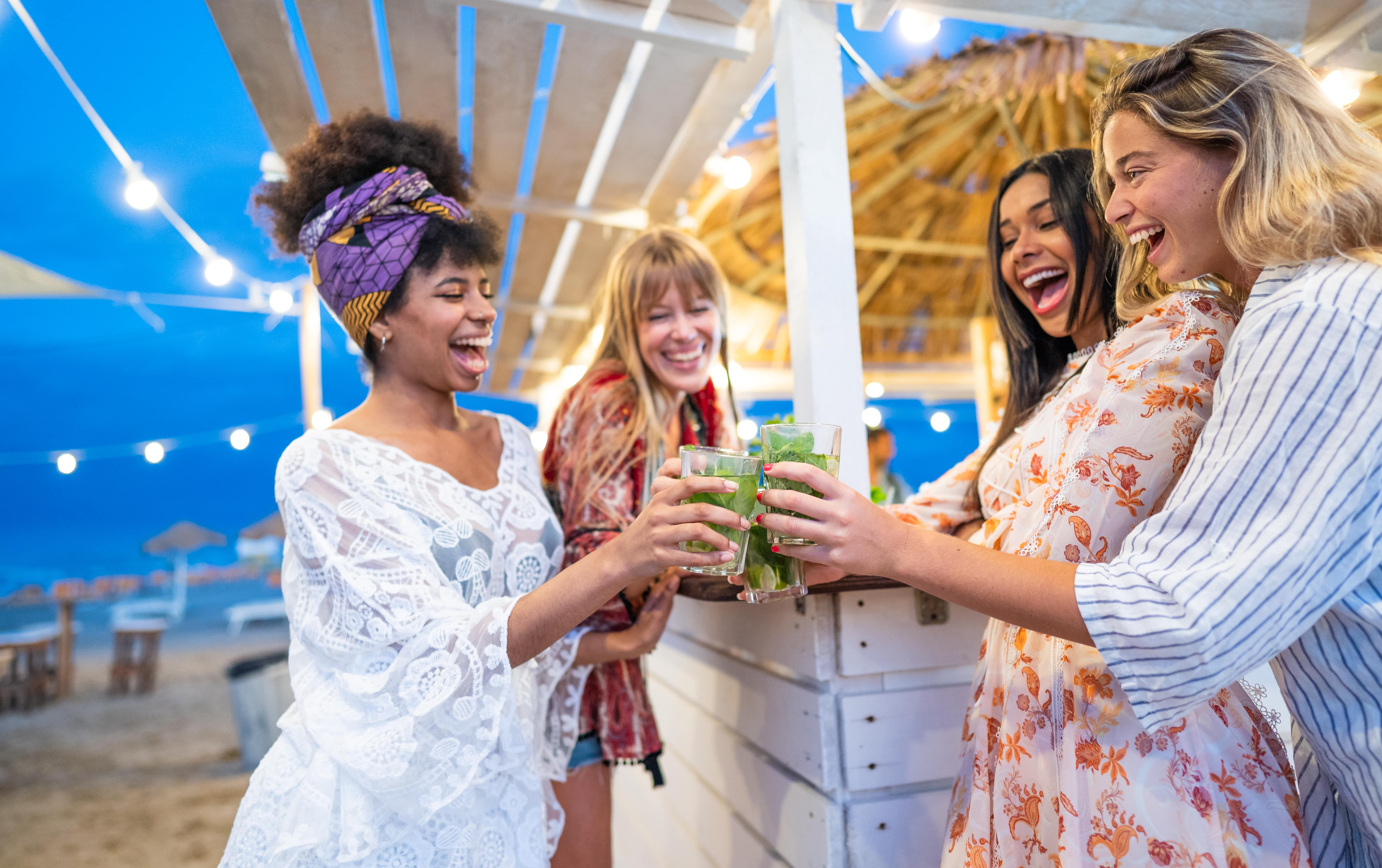
Vacations are meant to be for enjoyment, and that might include a cocktail or a sweet treat. But the key here is moderation and balance. Choose lower-sugar alcoholic beverages, such as dry wine or spirits with soda water, and alternate with water to stay hydrated.4
- Sip smarter: Opt for drinks that are lower in sugar and carbs, like dry red or white wine, vodka with soda water and lime, or a tequila on the rocks. Skip sugary mixers, frozen cocktails, and liqueurs, which can spike blood sugar and leave you feeling sluggish.
- Never drink on an empty stomach: Pair alcoholic beverages with a meal or snack that contains protein, fiber, and healthy fats. This combo slows digestion and helps buffer blood sugar spikes from both the alcohol and any carb-based foods you enjoy alongside it.
- Hydrate between sips: For every alcoholic drink, follow it up with a glass of water or an electrolyte drink to stay ahead of dehydration, especially in hot or active climates. This can also help curb cravings and reduce the likelihood of overeating in the future.
When indulging in desserts or local specialties, pair them with meals that include protein and fiber to help blunt glucose spikes and keep you feeling satisfied.
- Time treats strategically: If you’re craving a dessert or local treat, enjoy it after a balanced meal rather than on an empty stomach. This helps reduce its glycemic impact and maintains more stable energy levels.
- Practice the “one and done” or “split and savor” approach: Choose one treat per day to savor fully, or share it with a friend or partner to enjoy a taste without going overboard. This keeps your blood sugar (and your gut!) happier without making you feel deprived.
When to Be Extra Careful
Travel can throw off routines, especially if you’re managing diabetes with medication. If you take insulin or other glucose-lowering medications, it’s essential to follow your healthcare provider’s dosing instructions carefully when traveling. Missed meals, increased activity, alcohol, or skipped snacks can all increase the risk of low blood sugar.5
If you’re changing time zones, plan to adjust your medication schedule gradually. Even a few hours’ difference can affect how your body responds. Use alarms, reminders, or a travel-friendly pill organizer to stay consistent with your medication regimen.
Also, keep fast-acting carbs on hand (like glucose tablets or juice boxes) just in case. Being prepared is the key to staying safe and enjoying your trip with confidence.
The Bottom Line
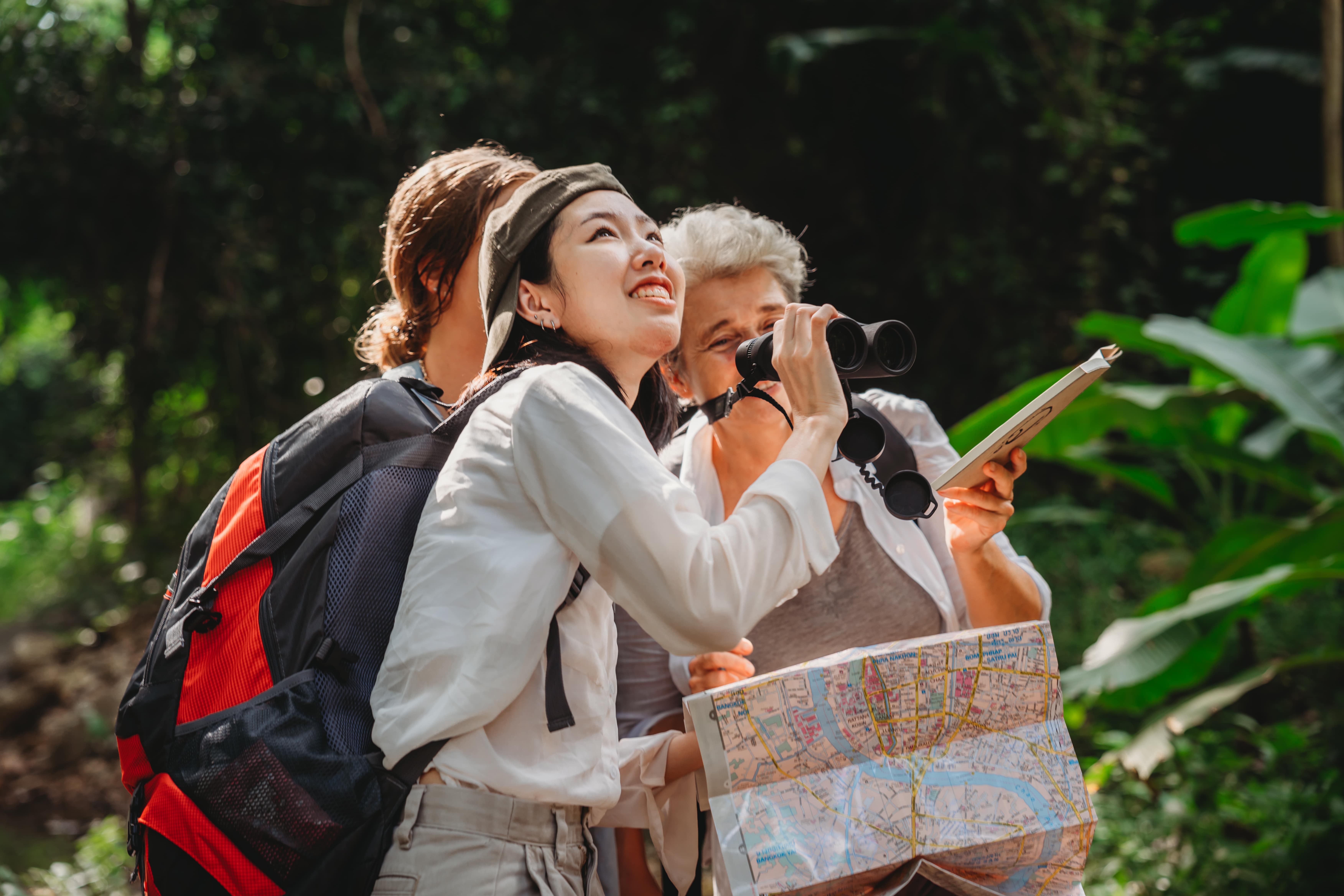
Vacation doesn’t have to mean giving up on your health goals. By planning, staying mindful of movement, hydration, and food choices, and using a few simple tools, you can support your glucose levels while still fully enjoying your time away. Biohacking your vacation isn’t about restriction; it’s about small, smart habits that help you feel your best wherever you are.
Learn More With Signos’ Expert Advice
Want to keep learning how to support your metabolic health? See how Signos can help you reach your health goals through personalized insights and read more on the Signos blog. Whether you’re at home or away, Signos can help you build healthier habits that work with your lifestyle.
Read next: Wellness Travel is Booming: What is it?
Topics discussed in this article:
References
- Recommendations for Physical Activity in Adults. American Diabetes Association. Accessed July 18, 2025.
- Darraj A. The Link Between Sleeping and Type 2 Diabetes: A Systematic Review. Cureus. 2023 Nov 3;15(11):e48228.
- Burke LE, Wang J, Sevick MA. Self-monitoring in weight loss: a systematic review of the literature. J Am Diet Assoc. 2011 Jan;111(1):92-102.
- Alcohol and Diabetes. American Diabetes Association. Accessed July 18, 2025.
- Causes and How to Prevent Hypoglycemia (Low Blood Glucose). American Diabetes Association. Accessed July 18, 2025.


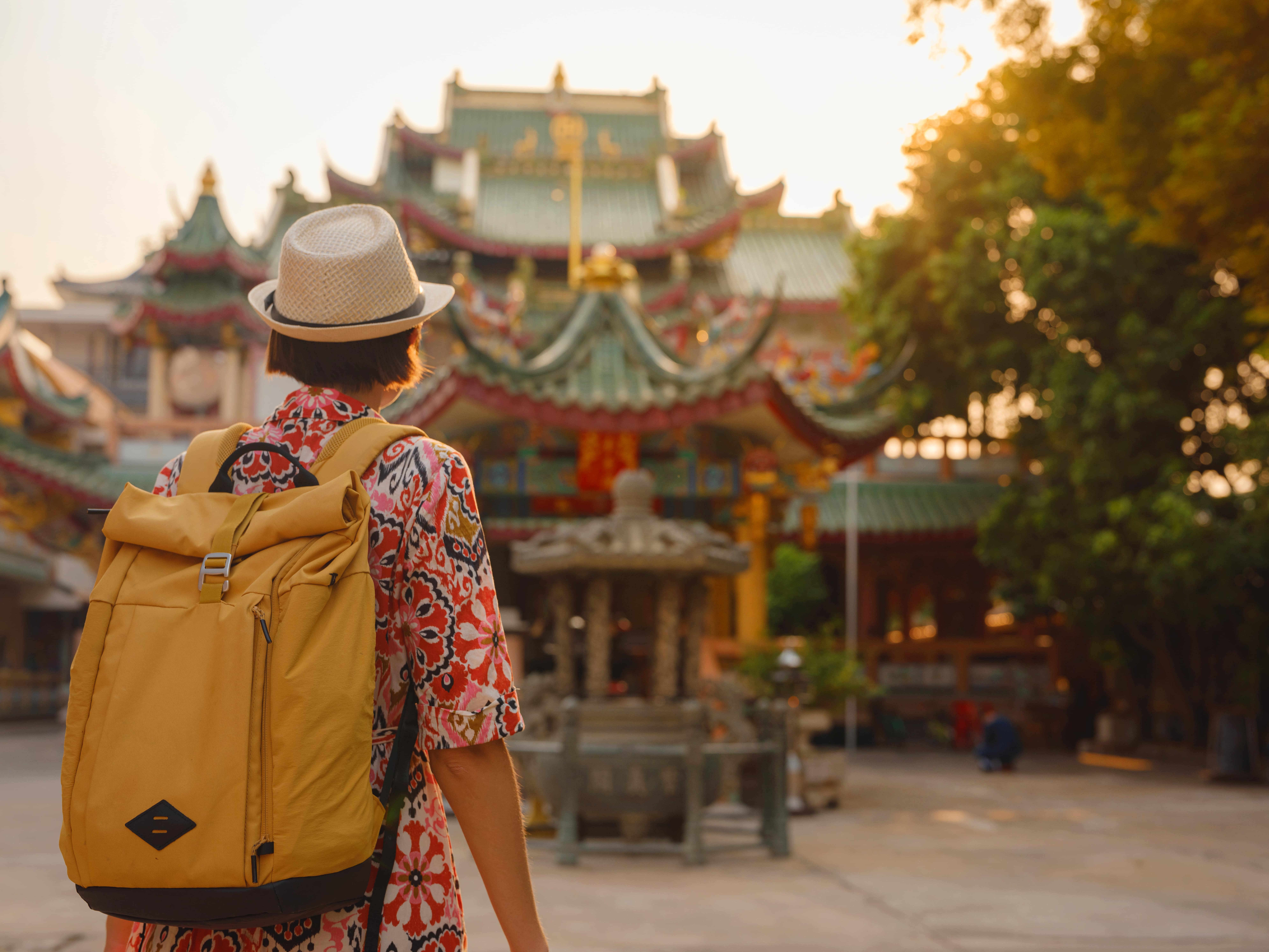
.jpg)
.svg)
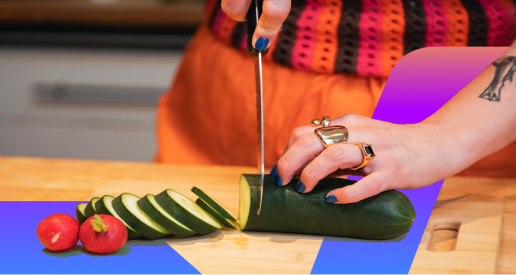


.webp)

.jpeg)
.jpg)



.svg)
.svg)
.svg)
.svg)
.svg)
.svg)
.svg)
